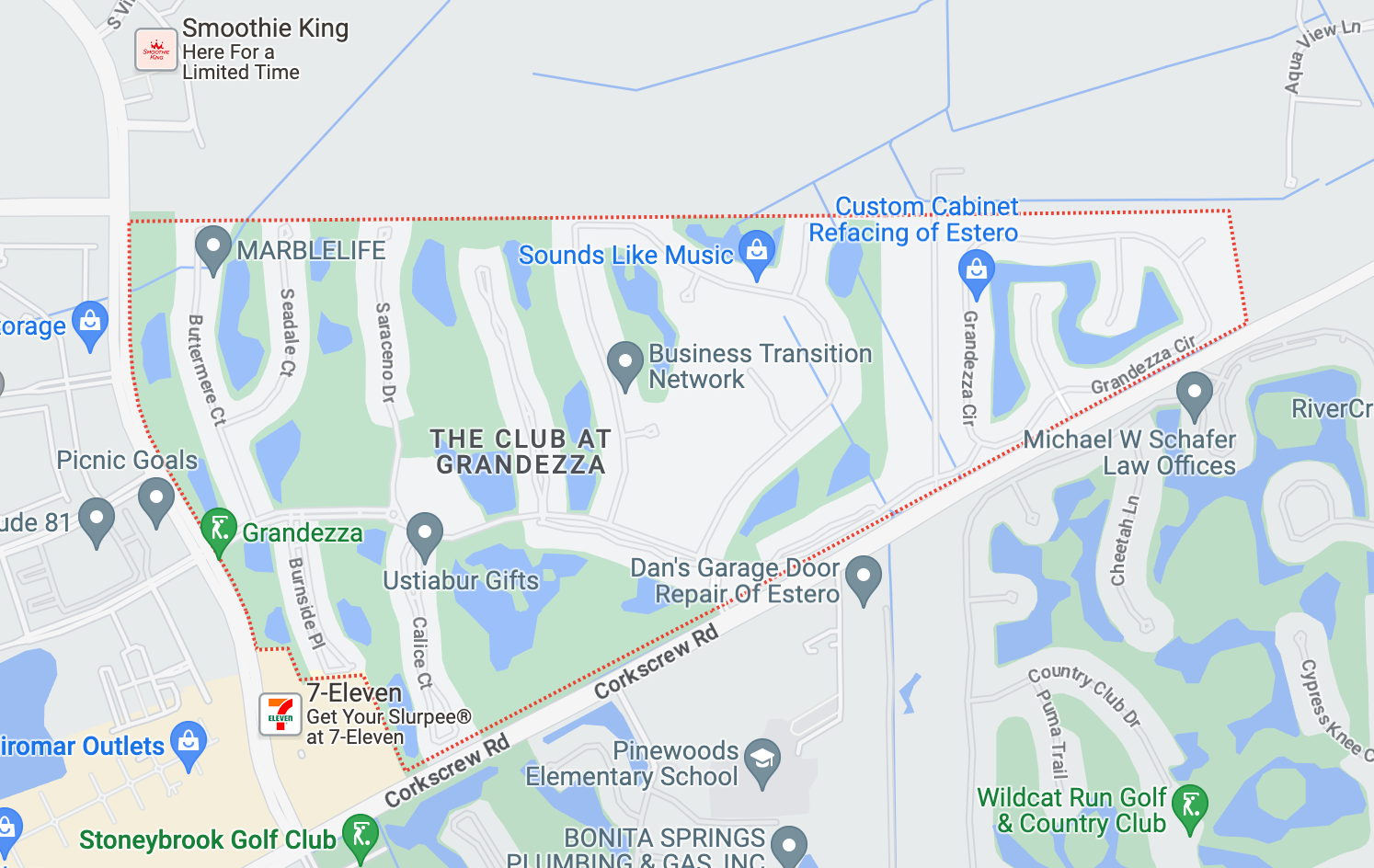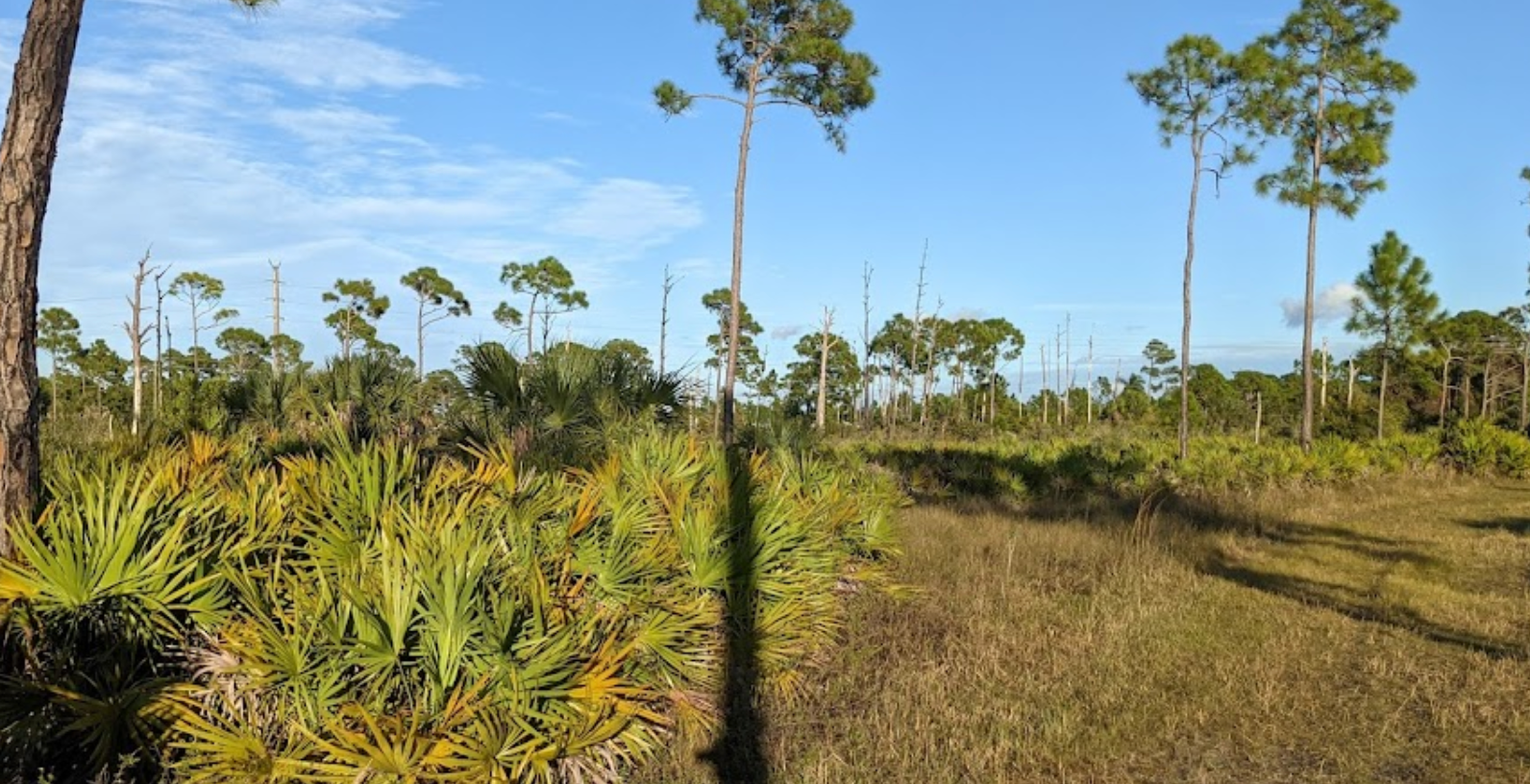How to Avoid Bubbling in Epoxy Flooring
Epoxy flooring is often seen as a high-quality flooring option because it is durable and resistant to wear and tear. However, there have been reports of epoxy flooring bubbling up soon after it has been installed. If you are considering installing epoxy flooring in your home or business, it is important to be aware of this potential issue.
Outgassing is the most frequent reason for bubbles in a fresh epoxy coating. This is an area phenomenon that allows air or gas from the concrete foundation to escape and produce blisters, craters, bubbles, or pinholes.
Temporary Condition
Outgassing, which is a brief condition that usually occurs during installation, is a temporary condition that typically goes away on its own. The surface anomalies caused by the outgassing detract from the appearance of the floor; however, they do not immediately threaten the coating's integrity. Nonetheless, outgassing cannot be dismissed; the pinholes may trap dirt or liquids and make cleaning the area difficult. If left unchecked, these pollutants might have a long-term influence on the flooring system.
How to Identify Outgassing
Outgassing will almost always appear as a round with a ridge around the edge or as a bubble in the coating. There may or may not be a pinhole visible at the bottom of the circle. The pinhole is where the gas is escaping from the slab. This is fantastic news if no pinhole can be seen! It implies that the
Possible Causes of Outgassing
When one or two of the following conditions are present, outgassing is likely: Concrete that has not been cured correctly and is soft/punky Air-entrained concrete with excessive air volume in the original mix Moisture vapor or liquid seeping from the concrete slab The movement of air in and out of the concrete slab depending on temperature
During prime coat installation:
Outgassing bubbles may be seen during the primer application, which is why a metal porcupine roller can be used to break the surface tension as bubbles start to appear. This can frequently stop the outgassing bubble from developing and allow the primer to fill in the pinhole that would otherwise form. Use of the metal porcupine roller during priming, however, has shown to be a highly effective technique for “nipping it in the bud” and preventing outgassing bubbles from forming in subsequent coats.
After prime coat:
If the outgassing surface anomalies are discovered after the prime coat has been applied, it is better to re-prime the affected area. Prior to re-priming, a thick, sticky epoxy patching material may be required in areas where outgassing is particularly aggressive.
After finish coats:
If end coats are applied before the outgassing condition is identified, sanding the afflicted regions and replacing them with the topcoat material — or a thixotropic product, followed by the topcoat material — is desirable. If outgassing affects a large portion of the floor, it may be necessary to re-finish the whole floor.
The Good News:
Unattractive outgassing bubbles or holes, on the other hand, have little effect on the coating's cohesion.
If you are looking for an epoxy flooring option that will not bubble up, consider us we will make sure that your flooring is installed correctly the first time around.
You might also like
Book a Service Today
We will get back to you as soon as possible
Please try again later
NPF Epoxy Flooring
Epoxy Flooring
We're available
- Mon - Fri
- -
- Sat - Sun
- -


